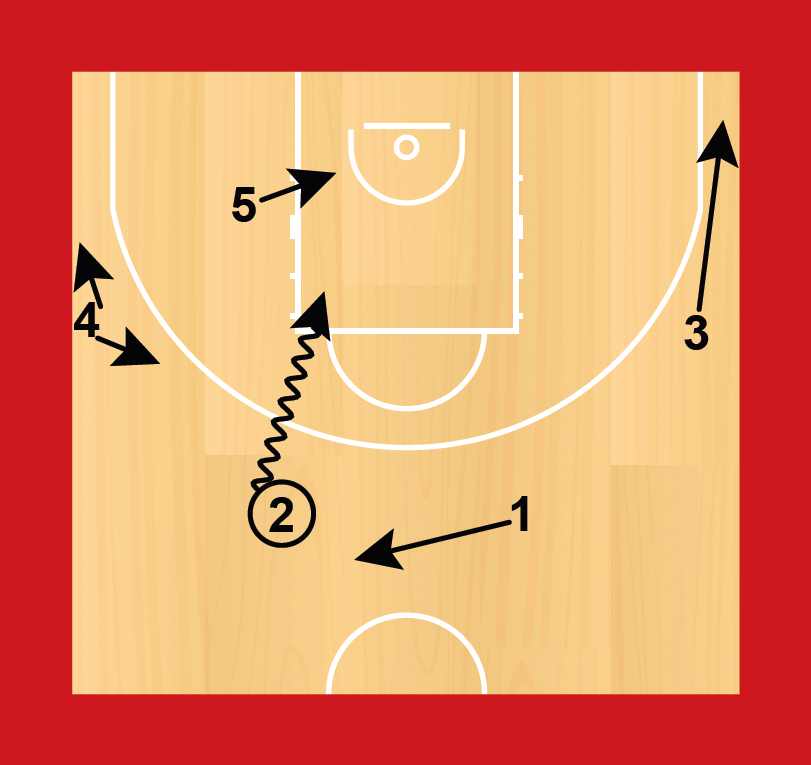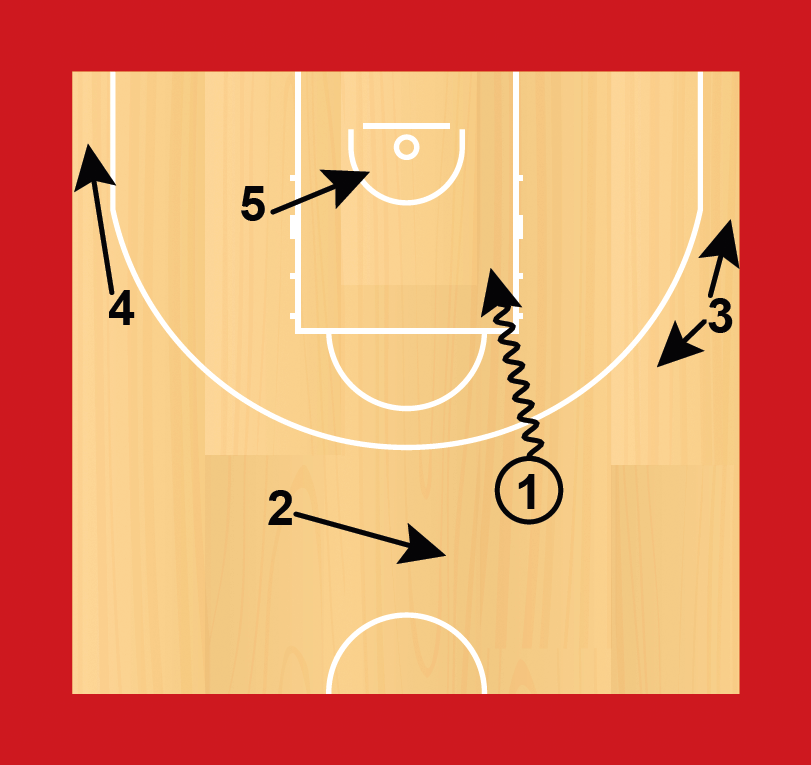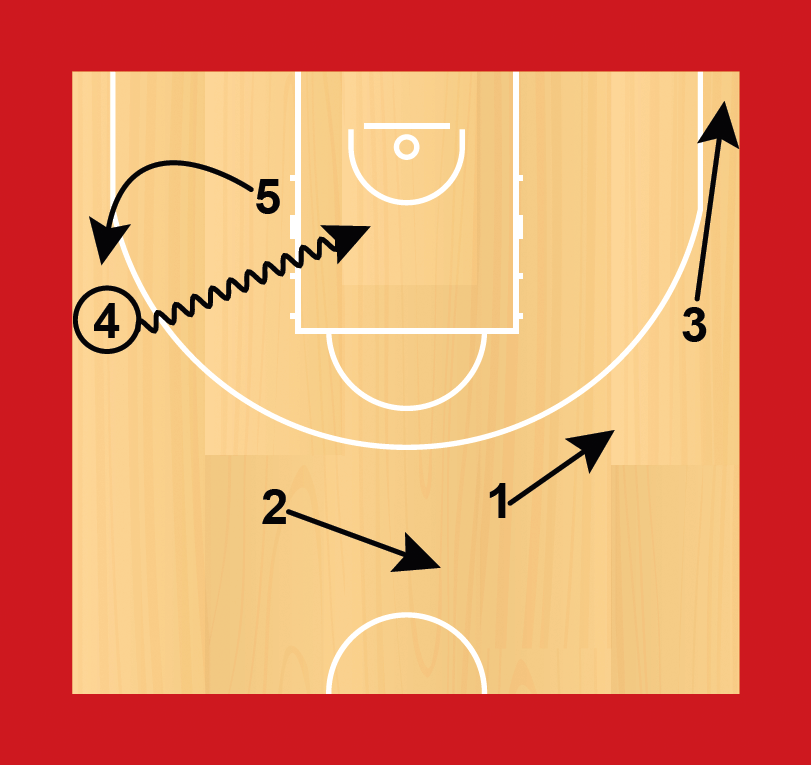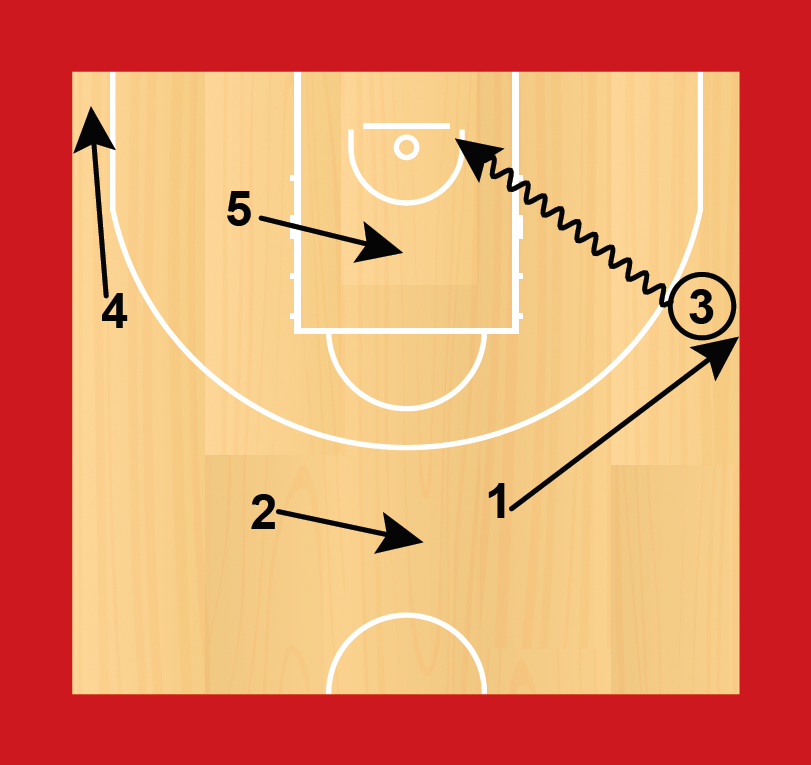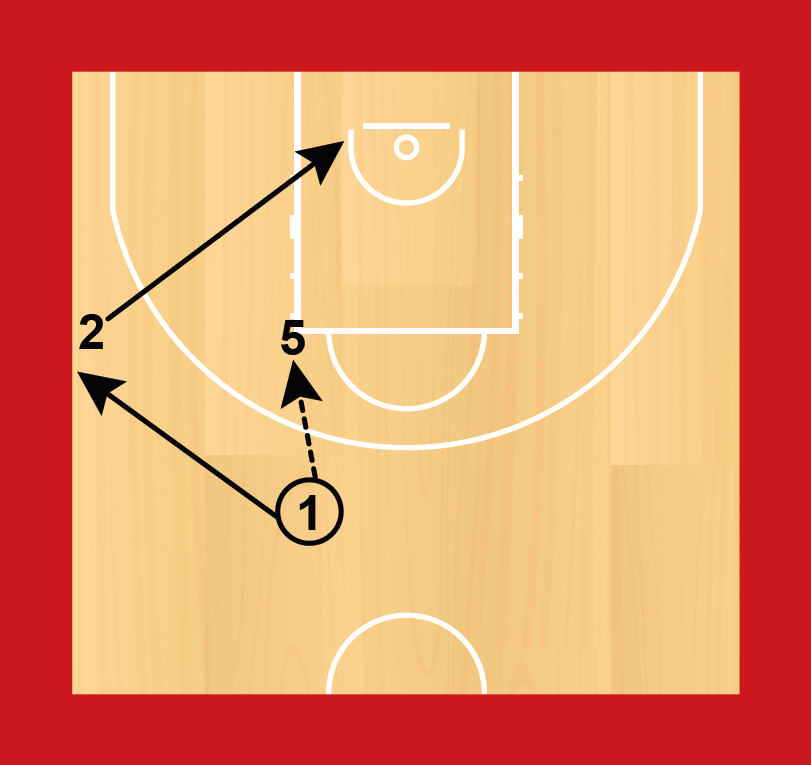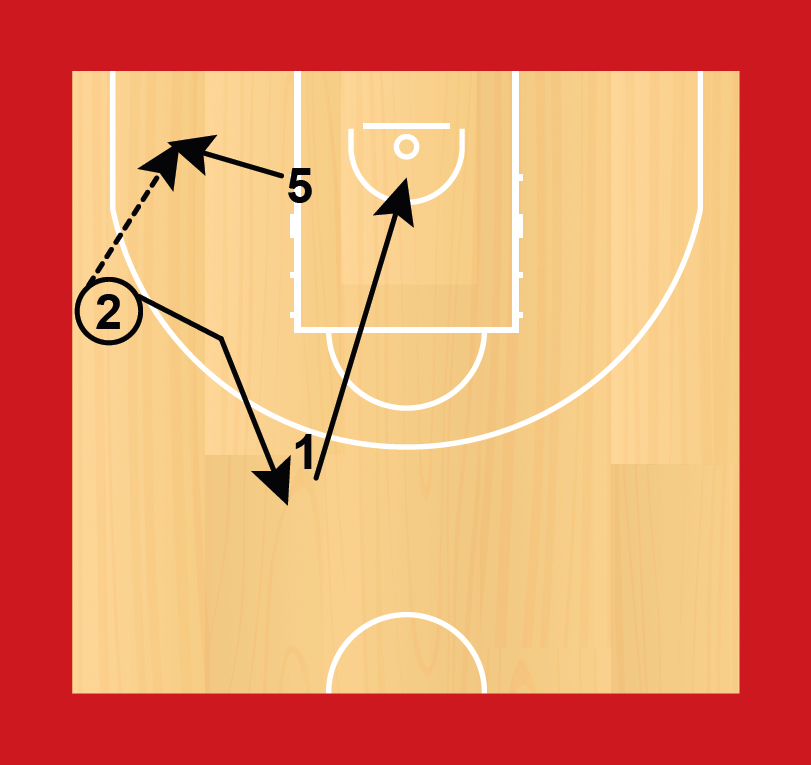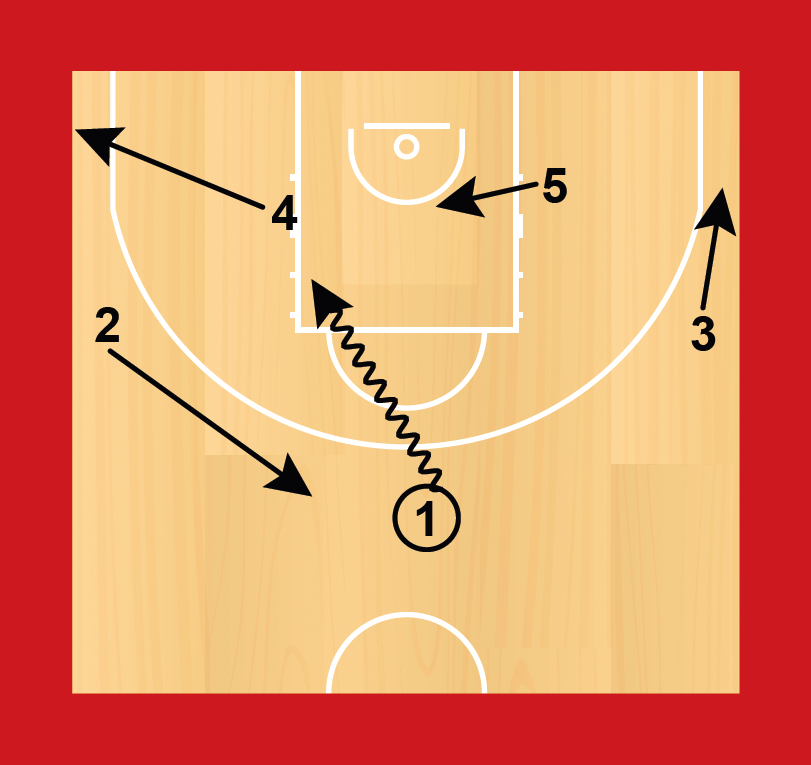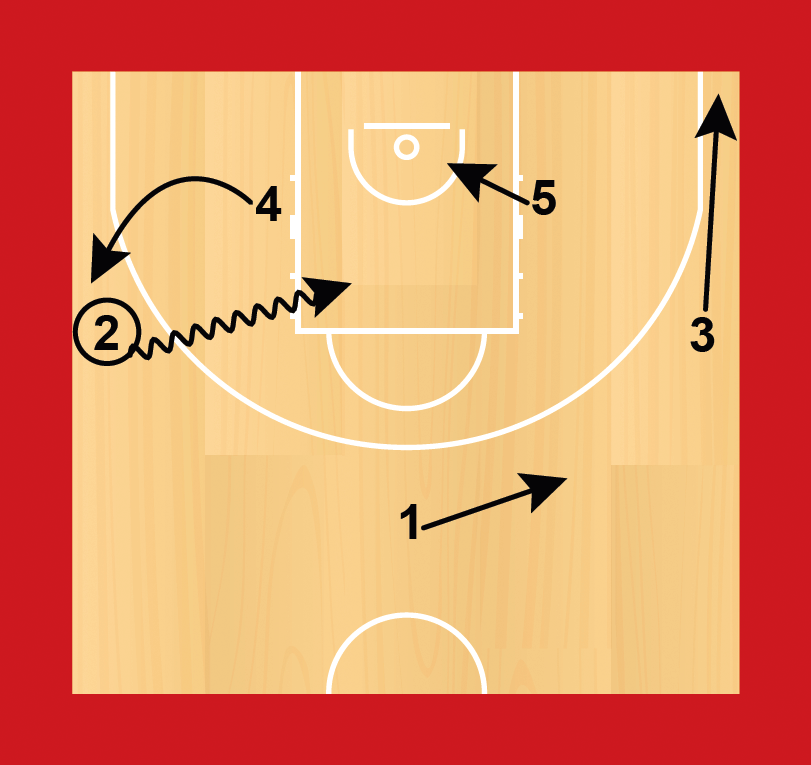- 2.5.1 Advanced lay-up techniques
- 2.5.2 Reverse lay-up
- 2.5.3 Advanced shooting - shooting footwork
- 2.5.4 Advanced shooting - inside shooting
- 2.5.5 Correcting shooting technique - flat shot
- 2.5.6 Correcting shooting technique - off-line shot
- 2.5.7 Correcting shooting technique - side spin
- 2.5.8 Correcting shooting technique - shooting short
- Follow-up
- 3.1.1 Preparing players physically to play basketball
- 3.1.2 Preparing players physically - warm-up for training
- 3.1.3 Preparing players physically - warm-up for games
- 3.1.4. Préparation physique des joueurs - Musculation de force
- 3.1.5 Preparing players physically - power training
- 3.1.6 Preparing players physically - conditioning
- 3.1.7 Preparing players physically - flexibility
- 3.1.8 Preparing players physically - basic strength training programme
- 3.1.9 Basic-off season preparation
- 3.3.1 Physical recovery techniques - overview
- 3.3.2 Physical recovery techniques - active recovery
- 3.3.3. Compression Clothing
- 3.3.4. Physical recovery techniques - hydro therapy
- 3.3.5. Physical recovery techniques - massage
- 3.3.6. Physical recovery techniques - sleep
- 3.3.7. Physical recovery techniques - stretching
- 3.3.8 Physical recovery techniques - practical applications
- 2.1.1 Motion Offence – 5 Out – pass and cut/give and go
- 2.1.2 Receivers Principles with Post Players
- 2.1.3 Motion offence with post - 4 out, 1 in
- 2.1.4 Post Up Cuts
- 2.1.5 Developing Decision Making - Putting Perimeter and Post Together
- 2.1.6 Creating scoring opportunities with a second pass
- 2.1.7 Moving the help defender away from a help position
- Follow-up
Level 2
2.1.2 Receivers Principles with Post Players
Introducing Post Players
The Receivers’ Principles also provide an offensive framework with post players, whether the offence has one post player (“4 Out, 1 In”) or two post players (“3 Out, 2 In”).
“4 Out, I in” Principles
With dribble penetration to the top of the keyway, a low post player steps to the basket and a perimeter player spots up opposite the ball to receive a pass for a shot.
One player moves to the safety position and the other perimeter player moves into a position to receive a pass – which may be behind the dribbler.
If the dribble penetration is opposite the low post player, the post steps into the top of the “no charge” circle.
Often the defending team will aggressively attempt to stop the offence from passing the ball on the perimeter. In this circumstance a pass into the post player can also be used to help break the pressure.
“High Post Pressure Release”
A pass to the high post can be effective where the perimeter player is denied.
The perimeter player can cut straight to the basket.
“Low Post Pressure Release”
The low post player can step to the “short corner” to receive a pass if “ball reversal” is denied.
The Perimeter player can back cut to the basket.
“3 Out, 2 In” Receiver Principles
Receiver principles also apply, where there are two post players:
The principles with two post players is the same as with 1 post player, with one post player (on the same side as the dribbler) stepping to the perimeter and the other post player stepping to the basket.
